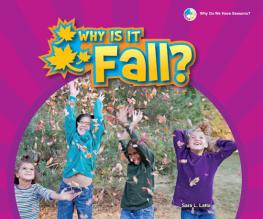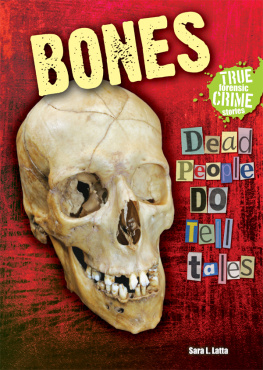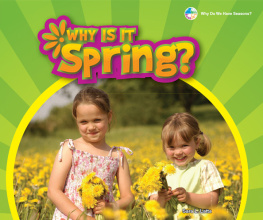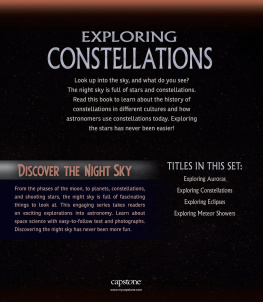When is it fall? Why do some leaves change color in the fall? What do animals do in the fall? Learn the answers to these questions, and many others, as you start learning about the seasons.
Series Literacy Consultant
These books for new readers make science easy to read about and fun to explore!
Allan A. De Fina, PhD, Past President of the New Jersey Reading Association Professor, Department of Literacy Education, New Jersey City University
Science Consultant
These fact-filled books show how much fun it can be to learn about weather.
Harold Brooks, PhD, Meteorologist NOAA/National Severe Storms Laboratory, Norman, Oklahoma
Note to Parents and Teachers
The Why Do We Have Seasons? series supports the National Science Education Standards for K4 science. The Words to Know section introduces subject-specific vocabulary words, including pronunciation and definitions. Early readers may need help with these new words.
About the Author
Sara L. Latta writes about science and medicine from her home in Illinois. She has a BA in Microbiology from the University of Kansas, an MS in Immunology from the University of Chicago, and recently earned her MFA in Creative Writing from Lesley University.

harvest (HAR vest)The food gathered at the end of the growing season.
migrate (MY grate)To move from one place to another.
season (SEE zuhn)One of the four parts of the year. Each season has a certain kind of weather.
tiltTo lean to one side.
There are four seasons of the year. Fall is one of the seasons. The others are winter, spring, and summer.



Image Credits: Photos.com, a division of Getty Images
Each season lasts about three months. Each season has its own kind of weather.

Image Credit: Photos.com, a division of Getty Images
Earth moves around the sun one time each year. Earth tilts as it goes around the sun.
The tilt causes more or less sunlight to fall on different parts of Earth.

Image Credit: Mark Garlick/Science Photo Lib
As the amount of sunlight changes, the weather changes. So do the seasons.

Image Credit: Photos.com, a division of Getty Images
Fall starts right after summer. In North America, the first day of fall is around September 21. After this day, the days get cooler. The days also get shorter: The sun sets earlier every day.

Image Credit: Photos.com, a division of Getty Images

Image Credit: Photos.com, a division of Getty Images
With less sunlight, plants make less food. They get ready to rest for winter. The green part of leaves that makes food goes away.

Image Credit: Photos.com, a division of Getty Images

Image Credit: Photos.com, a division of Getty Images
In fall, some plants turn brown and look dead. Their roots are still alive, though. Like the trees, they will rest all winter.

Image Credit: Photos.com, a division of Getty Images

Image Credit: Photos.com, a division of Getty Images
In fall, animals get ready for winter. Some grow long, thick fur to keep them warm. Others gather food. Bears eat lots and lots of food in the fall. They will use their fat for energy as they rest over the winter.

Image Credit: Photos.com, a division of Getty Images

Image Credit: Photos.com, a division of Getty Images
Some animals cannot live in the cold winter weather. So in the fall, they migrate to warmer places. Geese and other birds fly south. Many kinds of fish swim to warmer waters.

Image Credit: Photos.com, a division of Getty Images

Image Credit: Photos.com, a division of Getty Images
Many farmers pick their crops in the fall. You may go apple picking or get a Halloween pumpkin. People all around the world celebrate the harvest. In North America, many families share a Thanksgiving feast.

Image Credit: Photos.com, a division of Getty Images



Image Credits: Photos.com, a division of Getty Images (L, R); Tom LaBaff (C)
You will need:
- tree or shrub that turns colors in the fall (ask an adult to help you find one)


































